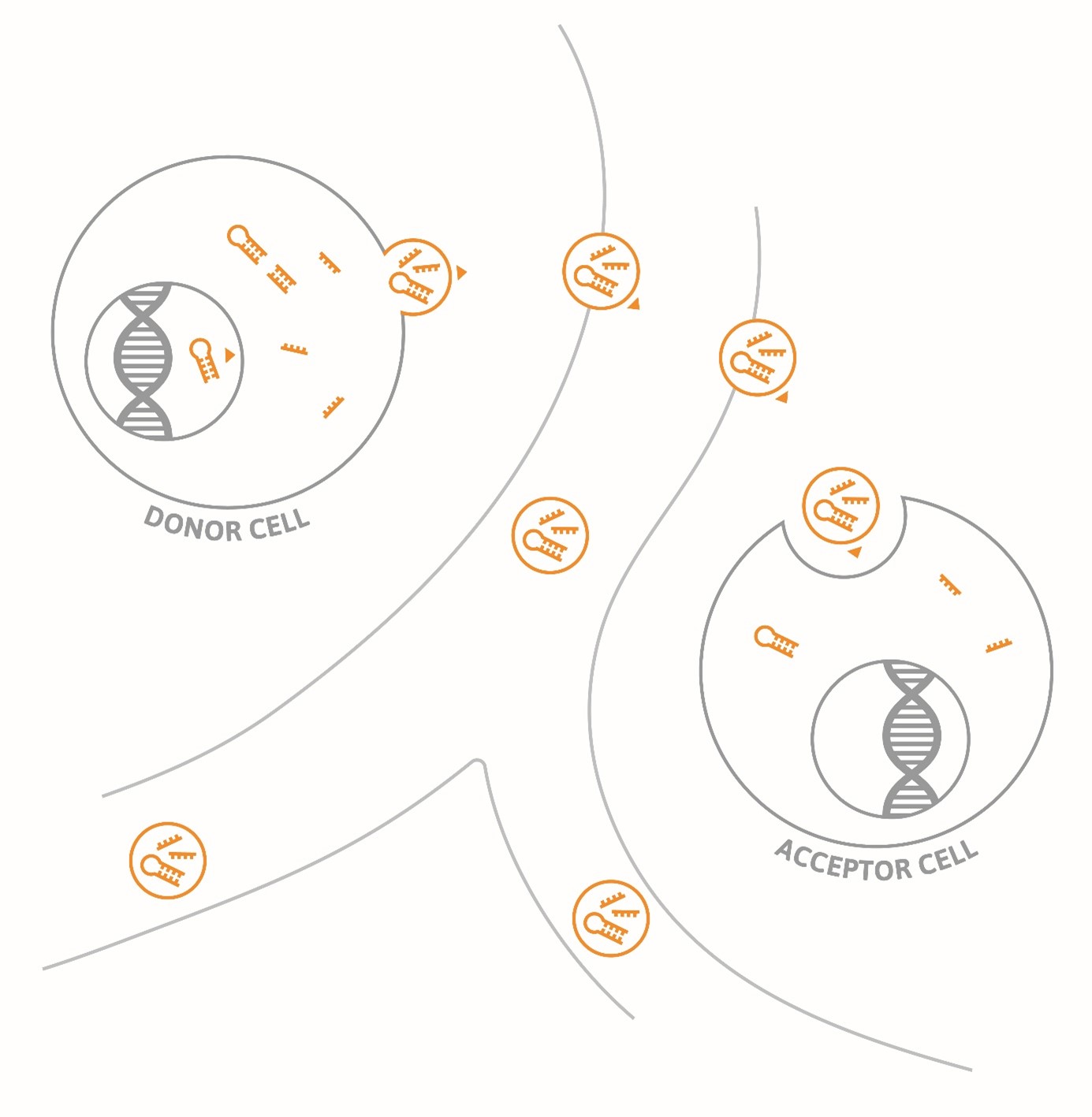microRNA biomarkers
Why microRNAs Are Changing the Game in Biomarker Discovery
When it comes to understanding health and disease at the molecular level, microRNAs (miRNAs) have emerged as one of the most exciting frontiers in biomedical research.
These small, non-coding RNA molecules may be tiny, but they pack a powerful punch when it comes to regulating gene expression. Depending on the context, miRNAs can switch genes on or off, shaping how cells grow, divide, specialize, or even self-destruct. And what makes them even more fascinating? Their expression patterns are highly specific — around 10% of known miRNAs are enriched in particular tissues or cell types, acting like molecular fingerprints of their environment.
The rest are more broadly expressed and involved in essential cellular processes such as proliferation, differentiation, and apoptosis — the very fundamentals of life and development.
So, what makes microRNAs such powerful biomarkers?
One key feature is that miRNAs don’t stay locked inside cells. They’re actively secreted into the bloodstream and other body fluids — like plasma, urine, and even saliva — often wrapped in tiny extracellular vesicles or bound to protective proteins. This makes them incredibly stable and easy to detect using modern molecular techniques.
In fact, miRNAs make up nearly half of the RNA content in extracellular vesicles found in human serum or plasma.
Thanks to these characteristics, circulating miRNAs offer enormous promise as non-invasive biomarkers across a wide range of applications:
- Toxicology: Detecting subtle signs of tissue damage or toxic responses long before clinical symptoms appear.
- Diagnosis: Identifying diseases at an early, asymptomatic stage — when intervention is most effective.
- Monitoring: Tracking how a disease evolves or how a patient is responding to treatment in real time.
What we’re doing at TAmiRNA
At TAmiRNA, we’re passionate about turning the potential of miRNAs into real-world tools for better health. We’re developing innovative miRNA-based biomarkers to improve the early detection and diagnosis of diseases such as osteoporosis and cardiovascular conditions. We’re also integrating miRNA profiling into companion diagnostics to make treatment decisions smarter and more personalized.
Whether you’re interested in discovering novel biomarkers, exploring the biology of extracellular vesicles, or integrating miRNA insights into diagnostics — we’re here to help.








